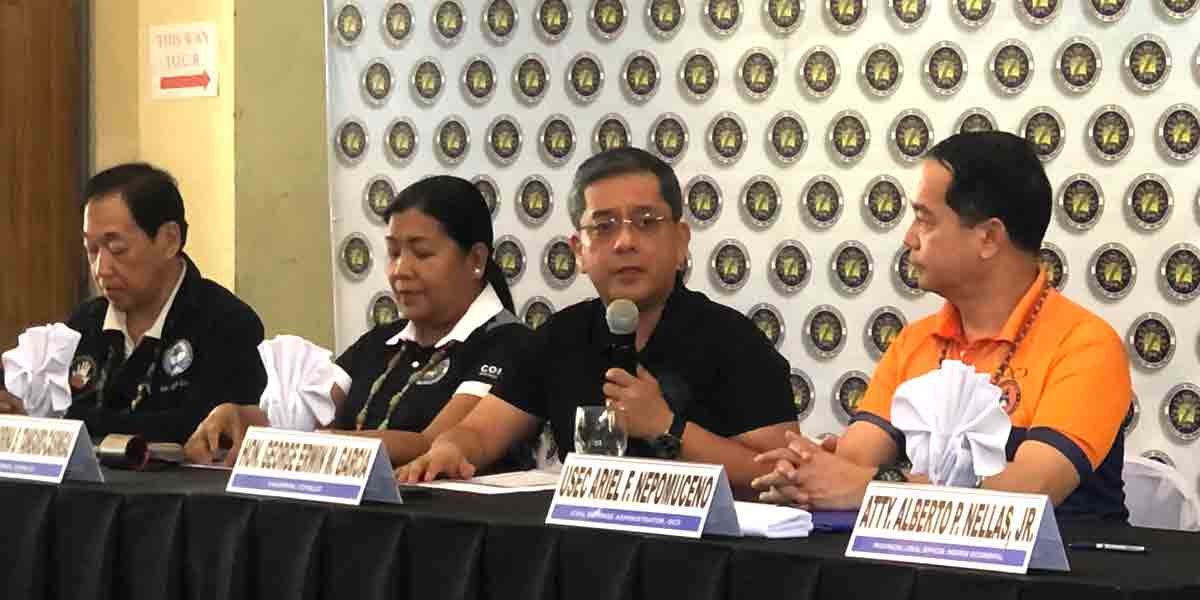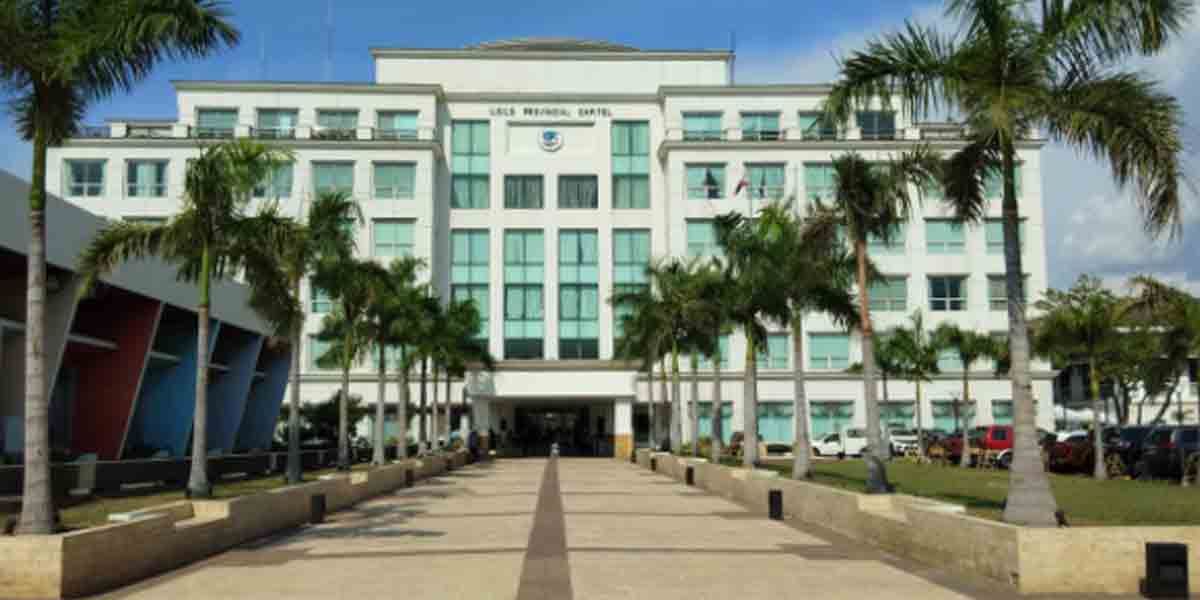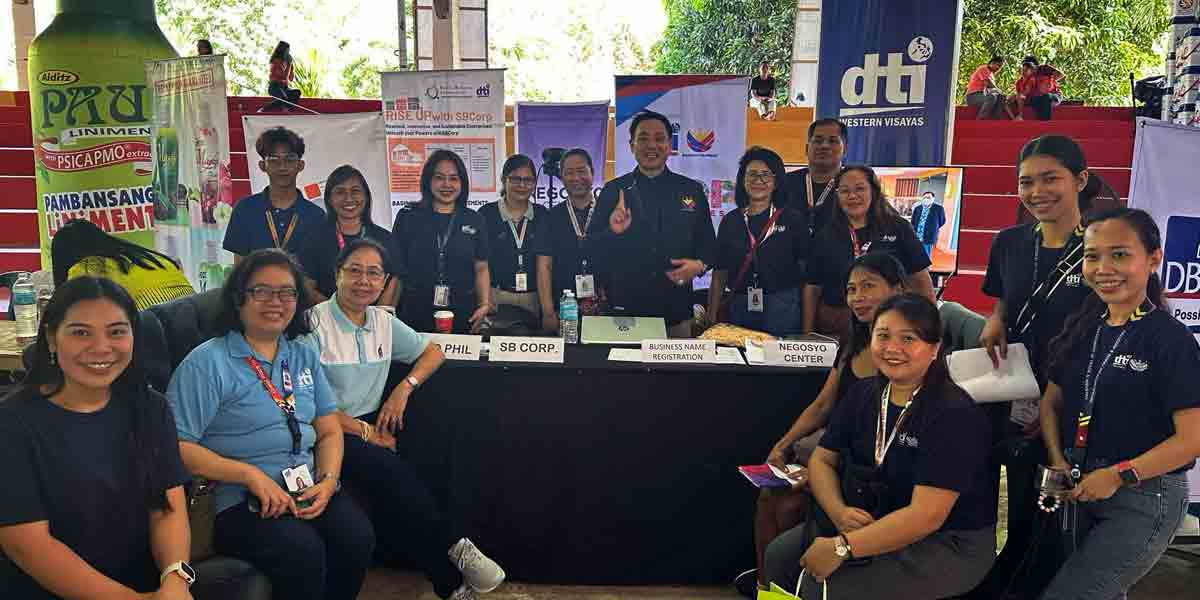By Mariela Angella Oladive
The Iloilo Provincial Disaster Risk Reduction and Management Council (PDRRMC) has placed the province under “Blue Alert” status in response to the increasing number of dengue cases.
The heightened alert is a proactive measure to ensure that all relevant agencies and sectors are on standby to monitor and address the situation effectively.
According to the latest data from the Department of Health (DOH) Western Visayas, Iloilo has recorded 3,914 dengue cases. The province is preparing to declare a dengue outbreak, as 36 of its 43 towns have surpassed alert and epidemic thresholds.
Dr. Rodney Labis, head of the Health Services Division of the Iloilo Provincial Health Office (IPHO), explained that dengue cases tend to rise every three to five years based on epidemiological patterns.
“Every three to five years, dengue cases tend to increase,” Labis noted, highlighting that the current surge is consistent with historical trends.
From January to August 3, the IPHO recorded 3,608 dengue cases and six deaths. This represents a 242% increase compared to the 1,056 cases reported during the same period last year.
Historical data shows peaks in dengue cases approximately every few years, with 22,000 cases recorded in 2019 and lower counts in subsequent years.
Labis explained the four serotypes of dengue. He mentioned that if a person is infected with one serotype, they gain lifetime immunity to that serotype but are not immune to other serotypes. If a town is infected with one serotype, it may develop immunity and not trigger an outbreak. However, if a new strain of dengue enters the area, it could cause an outbreak because the residents lack protection against it.
Addressing the variation in dengue cases across different areas, Labis noted that local factors, such as solid waste management and community practices, play a role.
He highlighted that Passi City and Lambunao have seen significant increases in cases this year, while New Lucena has reported fewer cases. Labis suggested this could be due to effective solid waste management and community practices or that residents might have immunity to one strain of the dengue virus, which is protecting them.
Cornelio Salinas, head of the Iloilo Provincial Disaster Risk Reduction and Management Office (PDRRMO), explained in a local radio interview that the Blue Alert status will mobilize member councils to closely monitor dengue incidence rates across their respective areas.
Salinas mentioned that response clusters, health sectors, and hospitals are key players in monitoring the situation to determine whether medical facilities can handle the influx of dengue patients.
The PDRRMO is tasked with gathering all records from Local Disaster Risk Reduction and Management Councils throughout the province. These records will provide vital information on the on-ground situation, enabling the council to assess whether dengue cases are increasing or decreasing.
In line with the alert level, the PDRRMO will implement stringent interventions to help curb the spread of dengue. These interventions include the 4S strategy: Search and destroy mosquito breeding places; Secure self-protection; Seek early consultation; and Support fogging or spraying in hotspot areas.




















